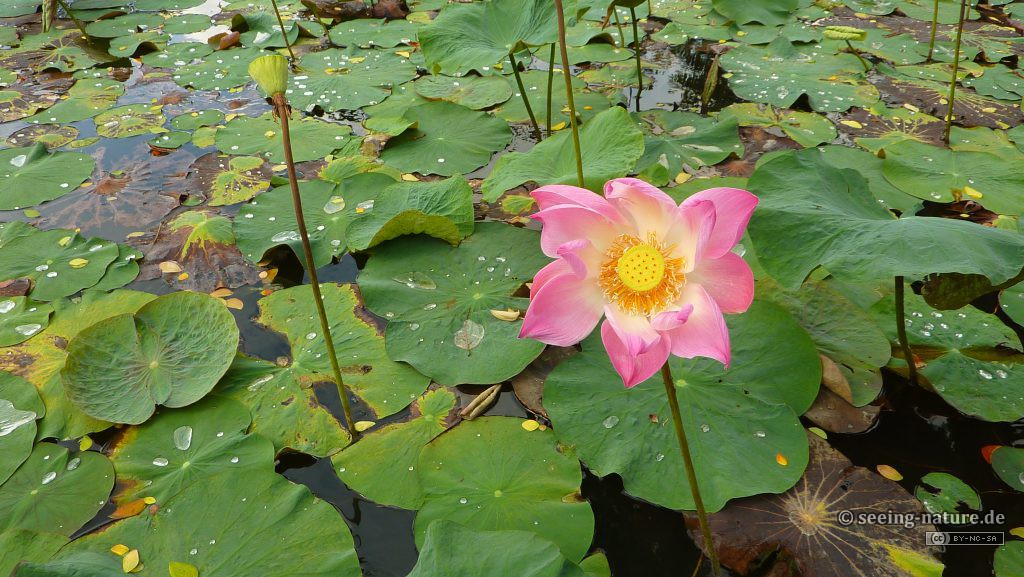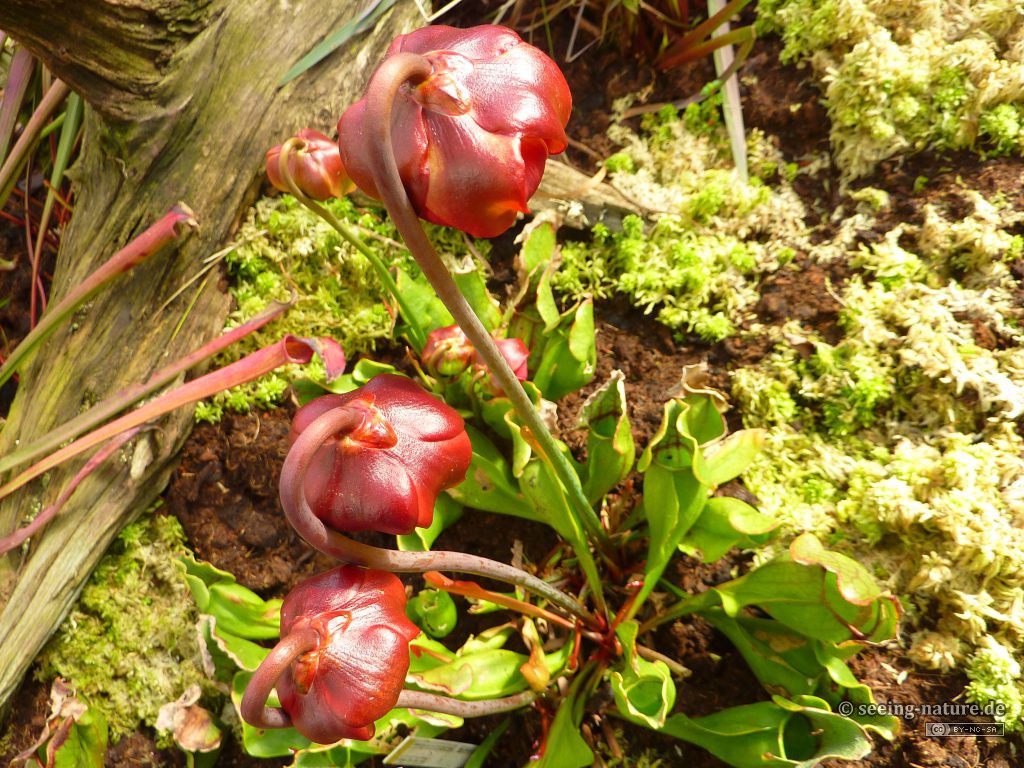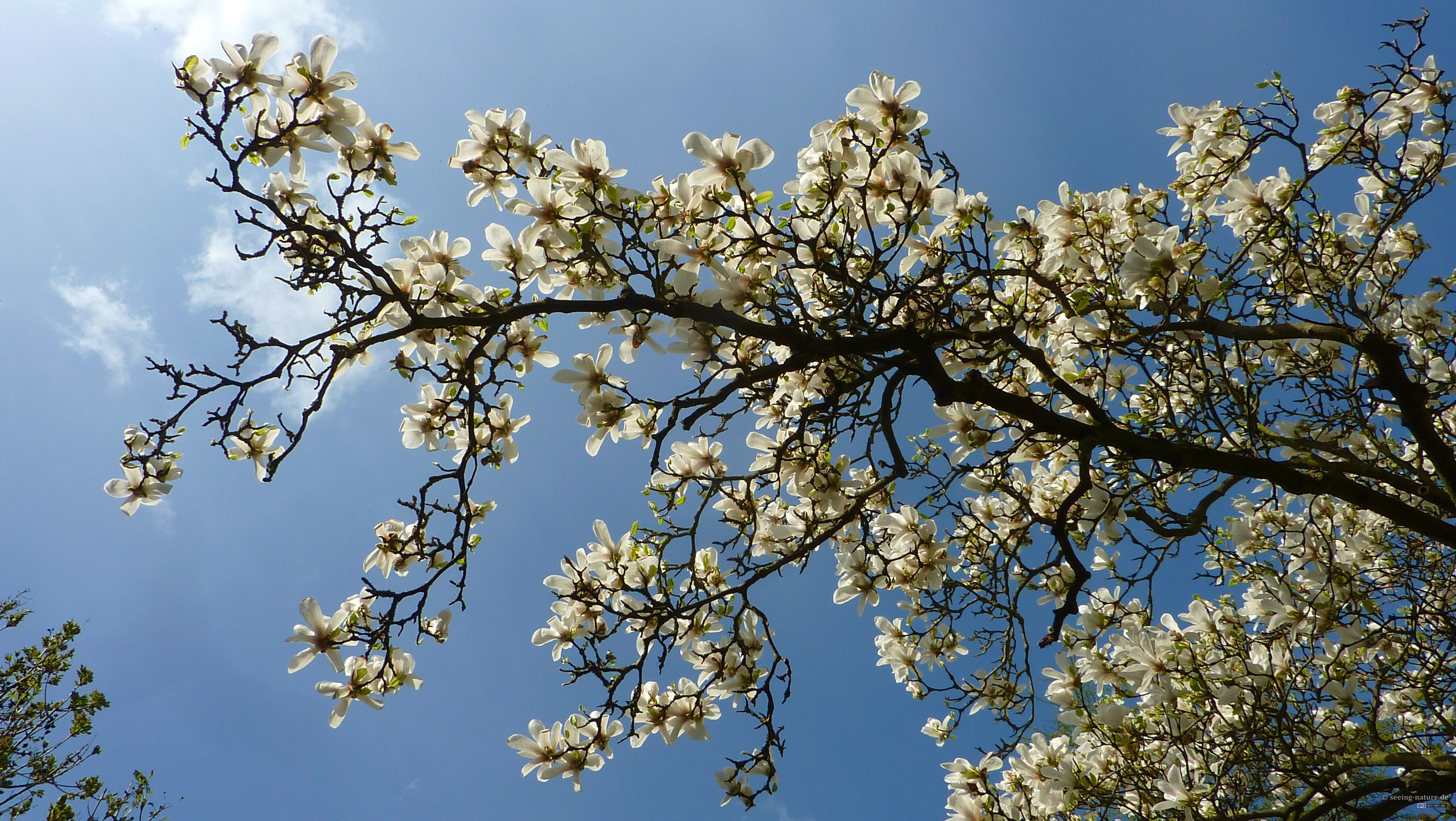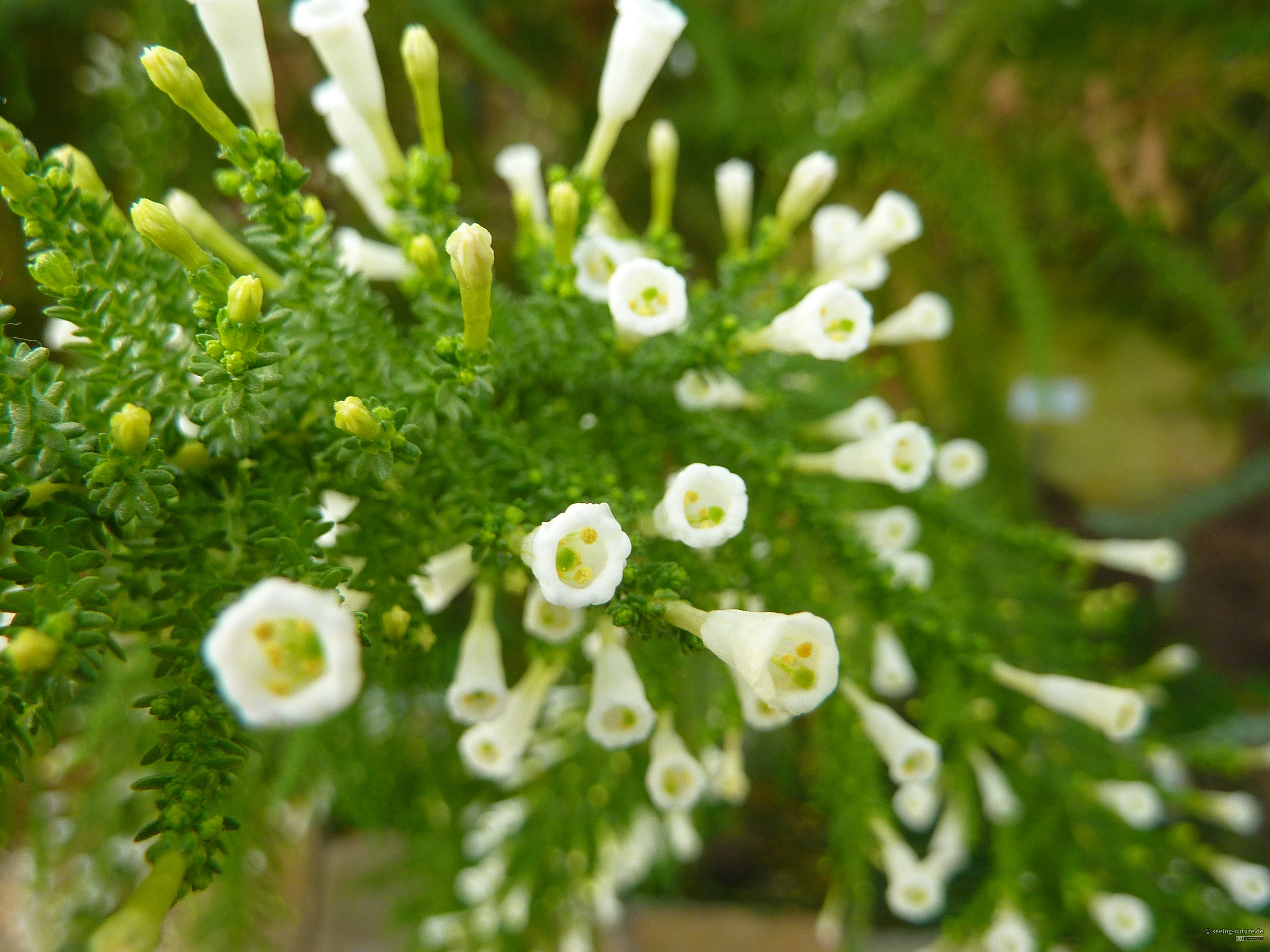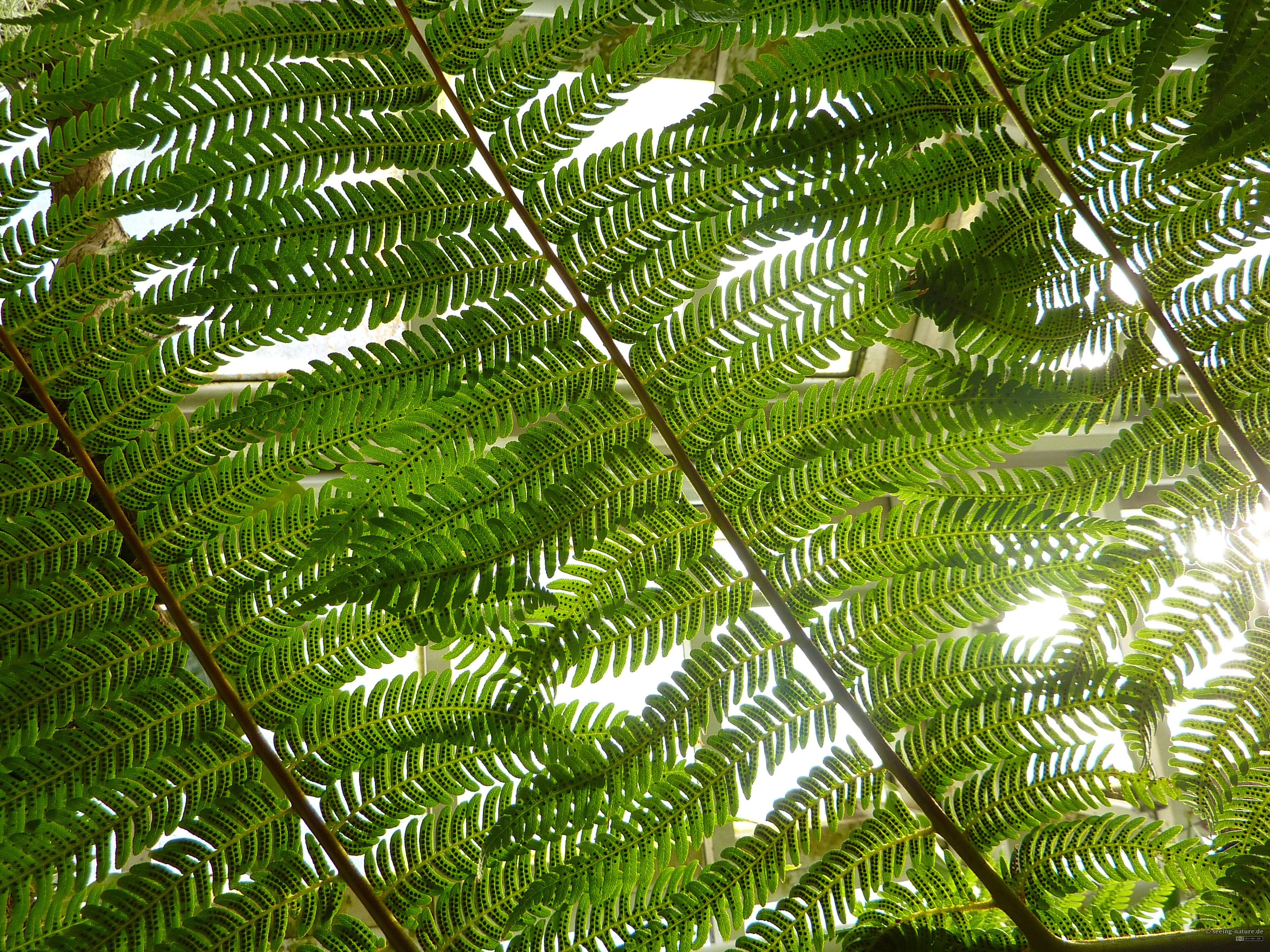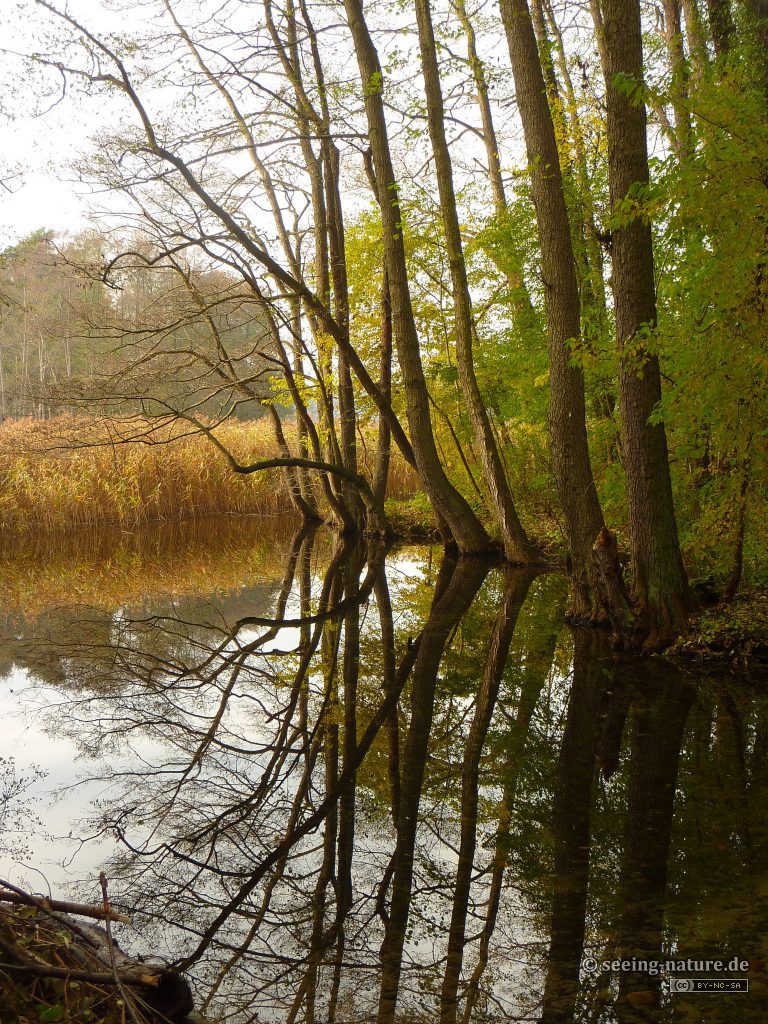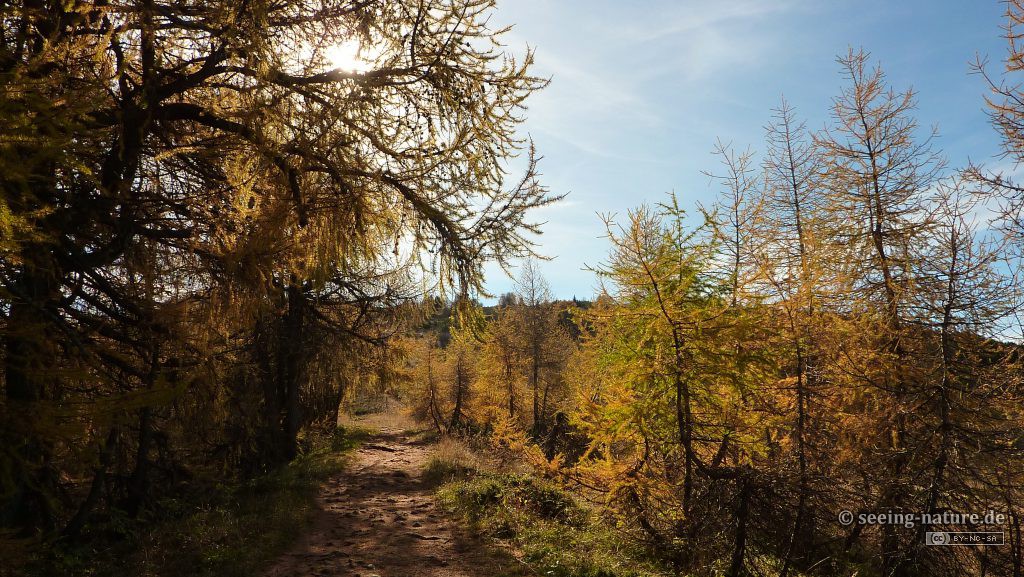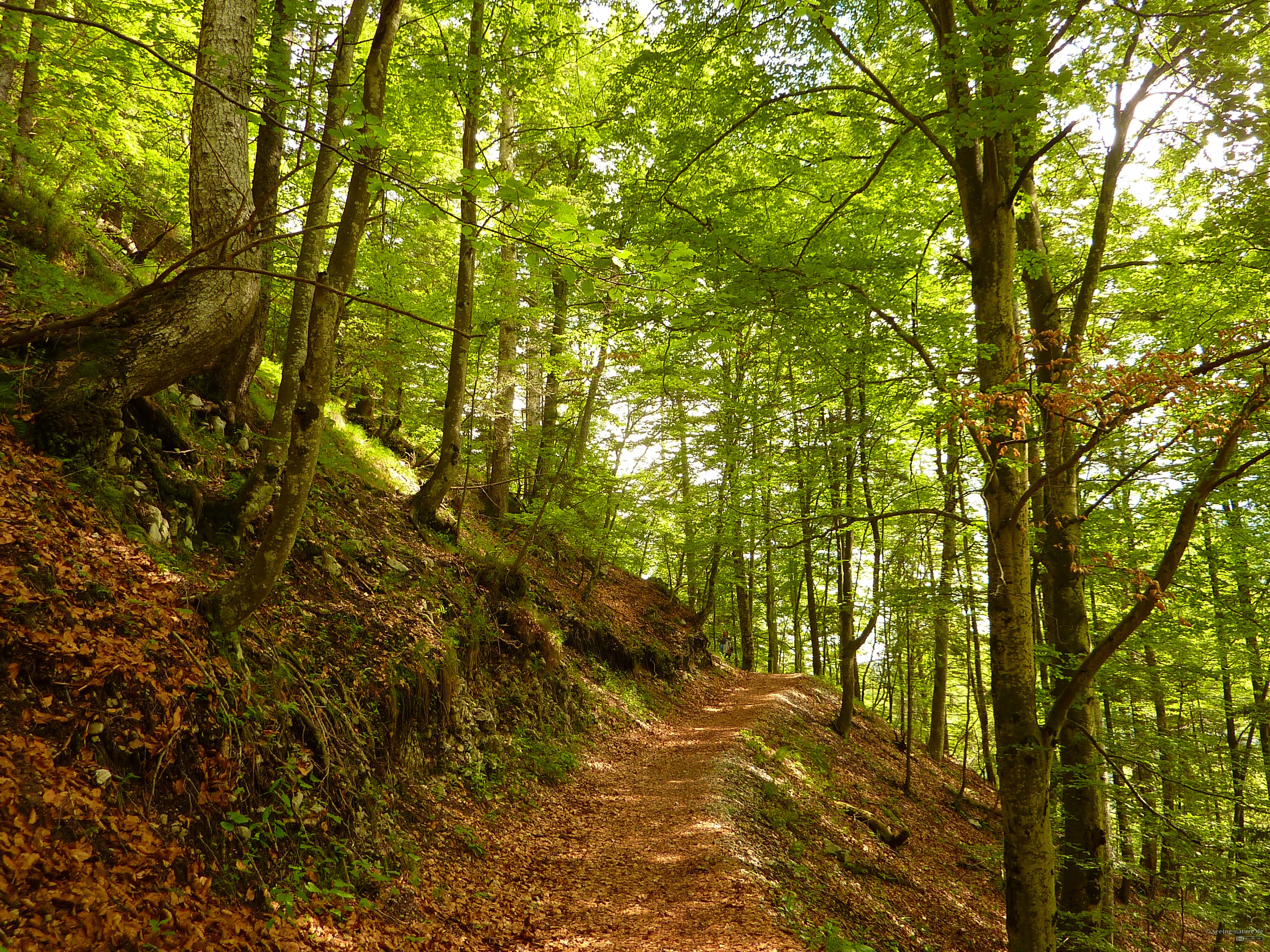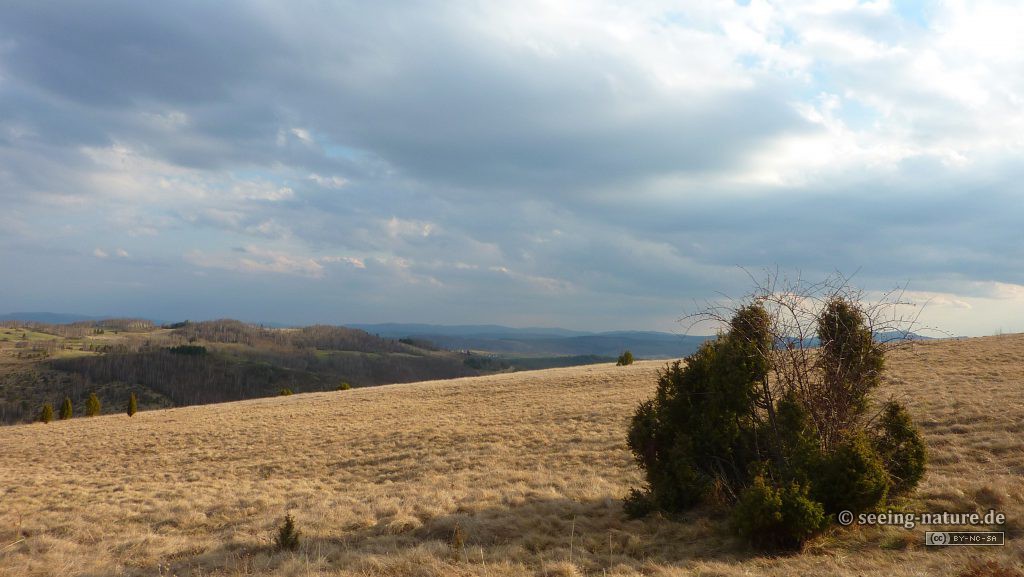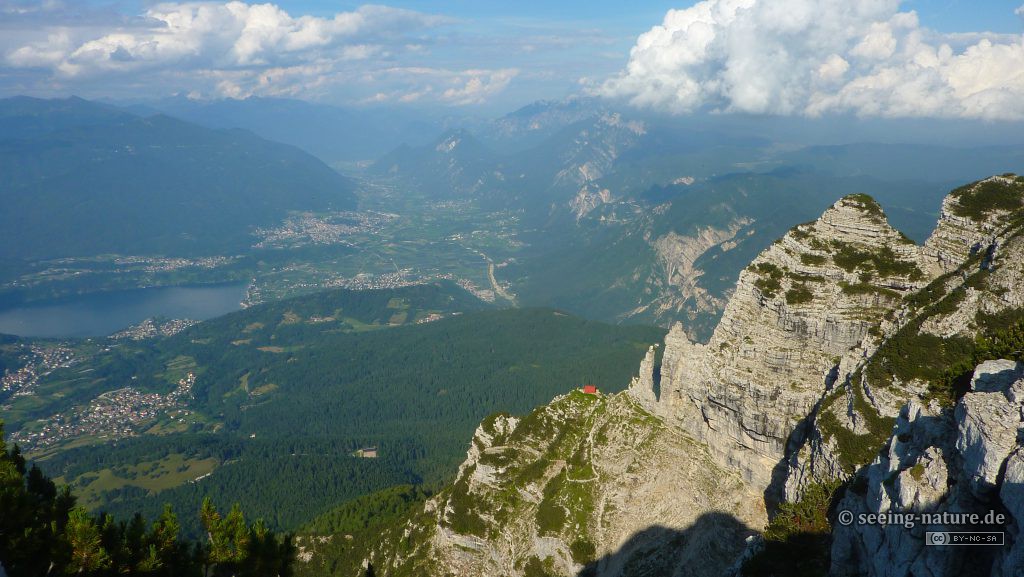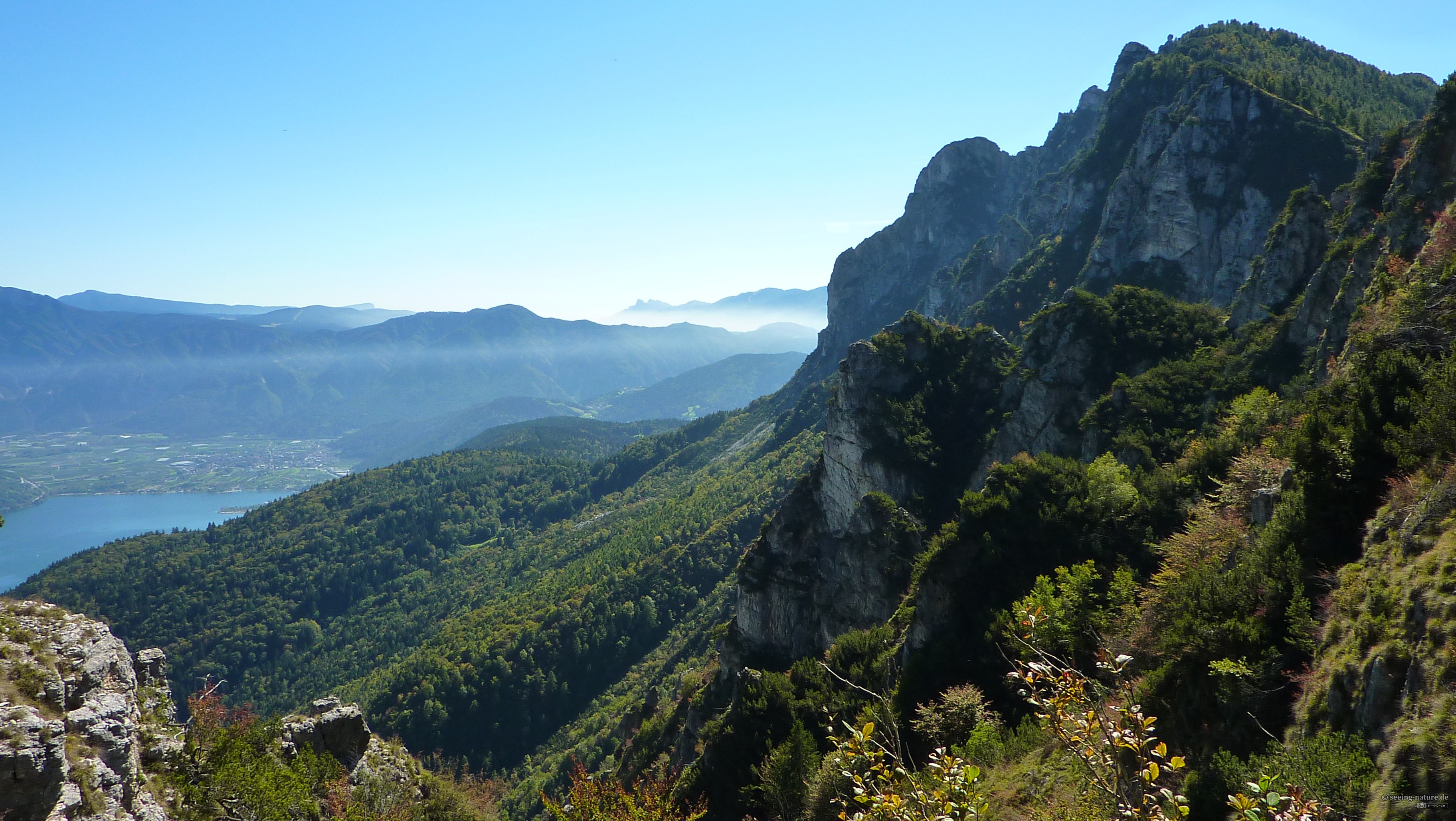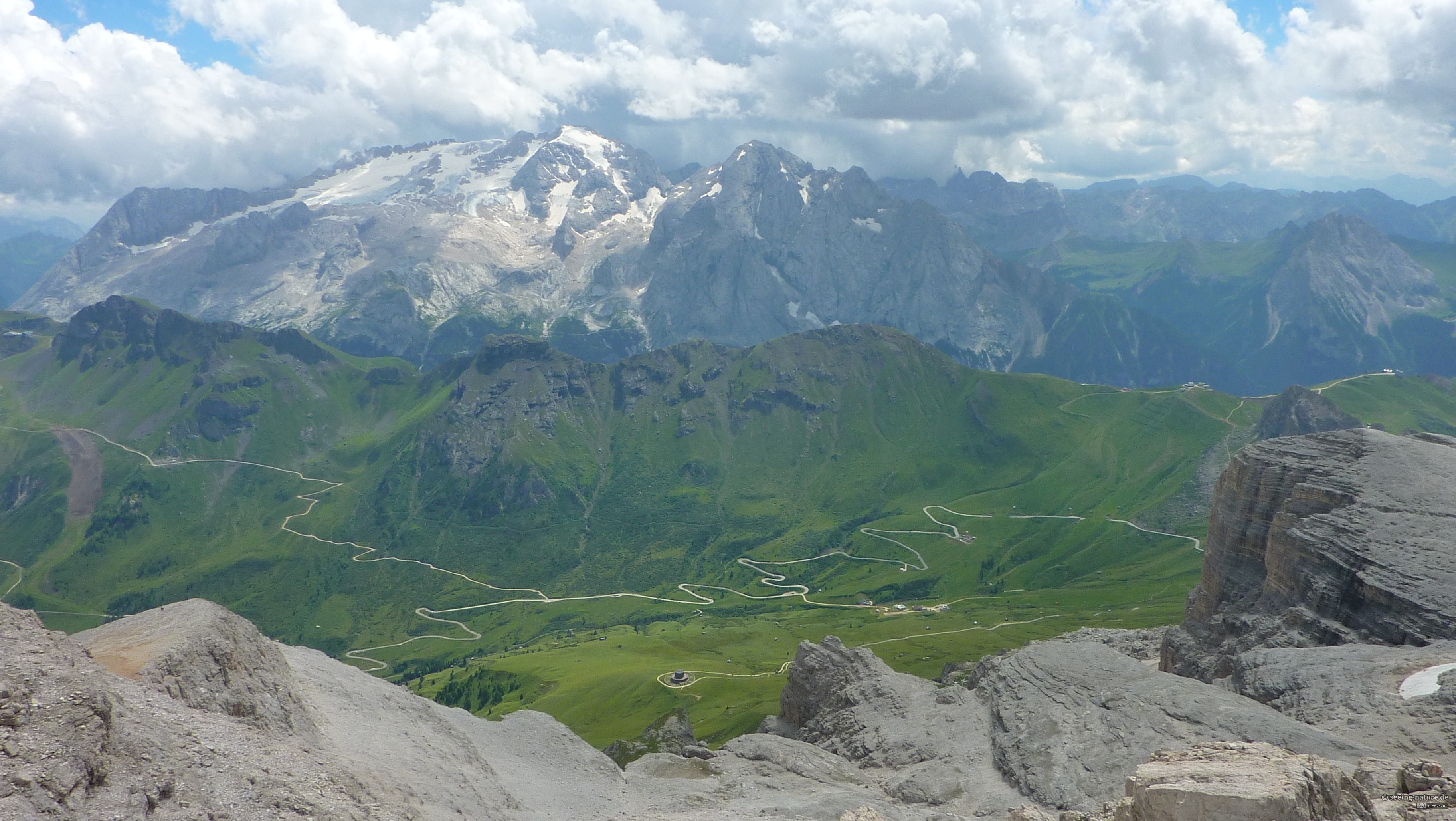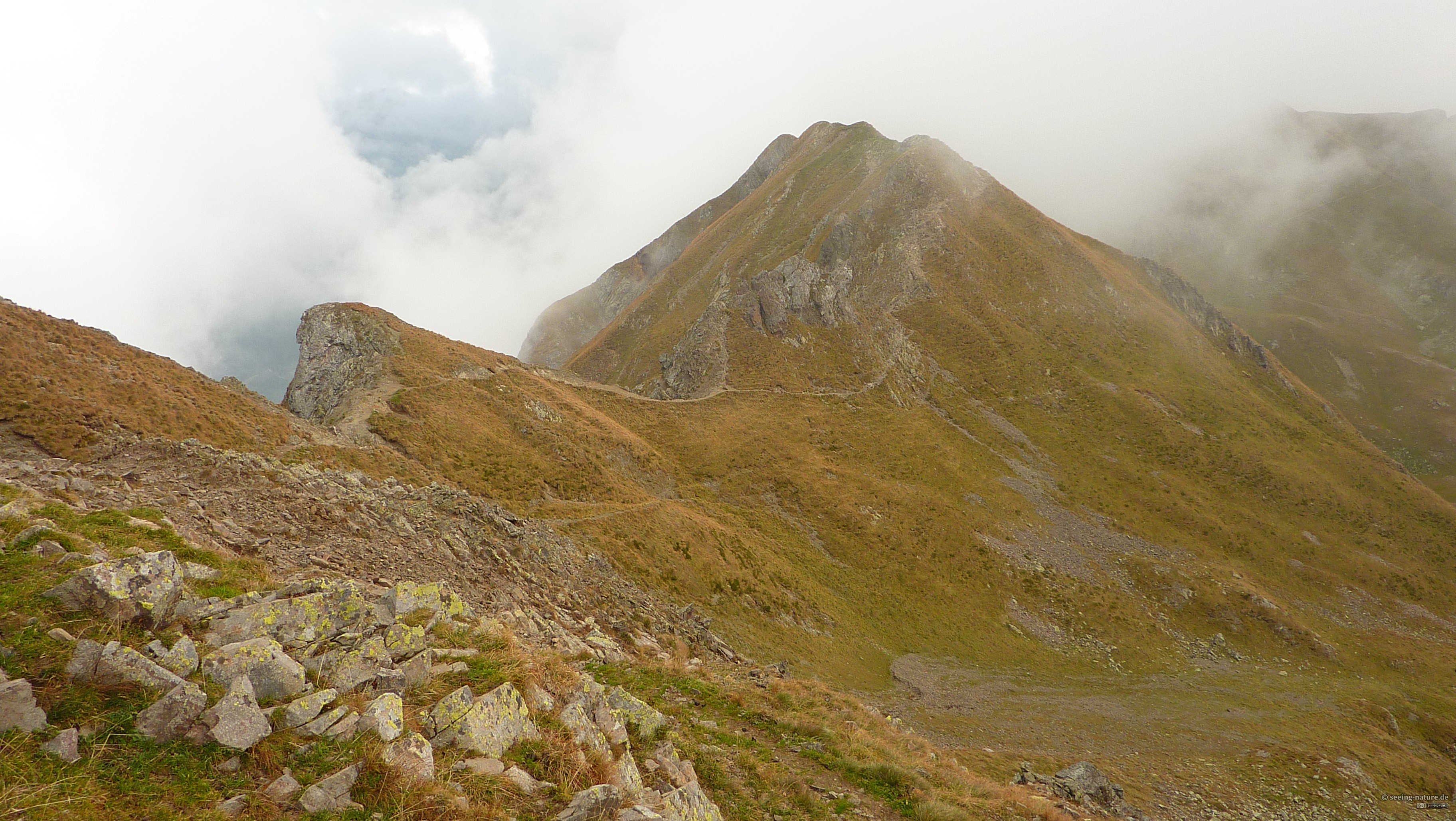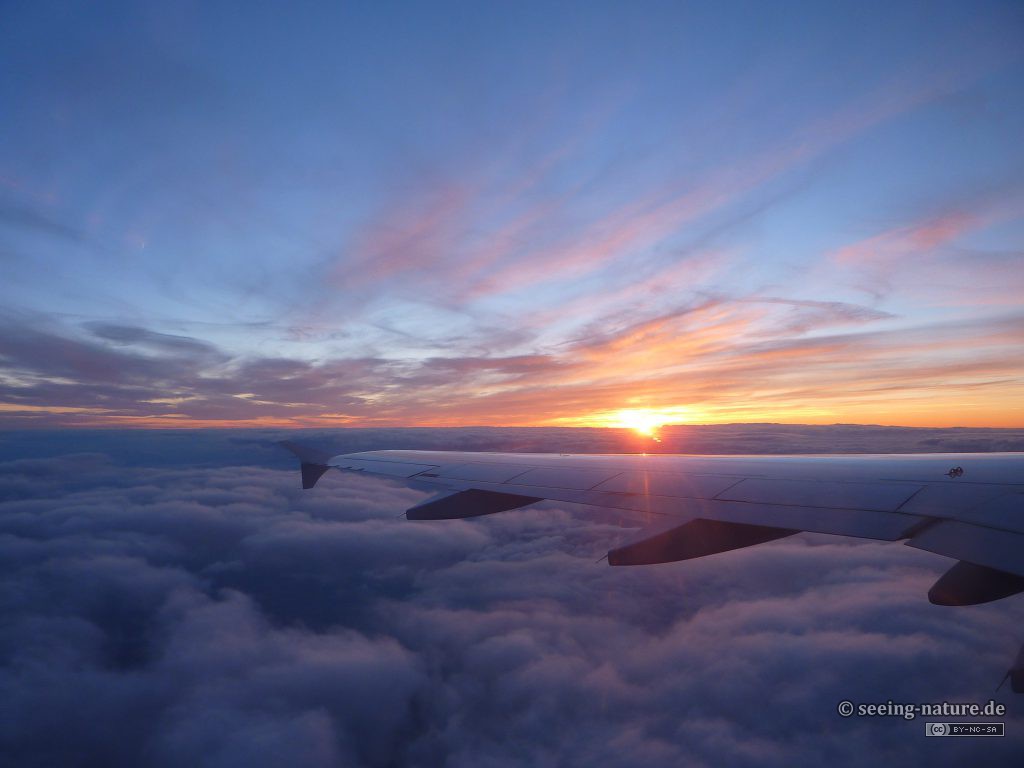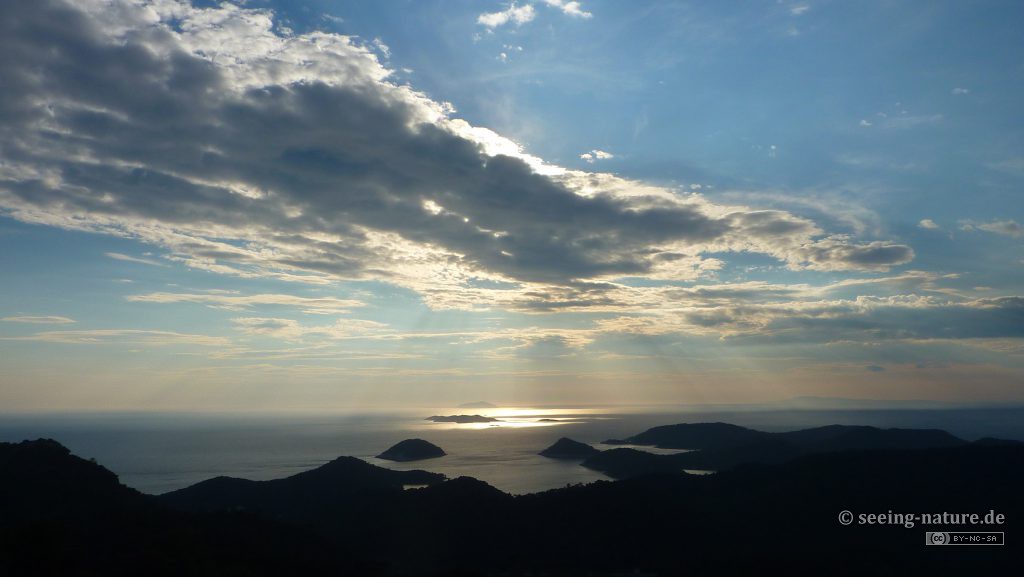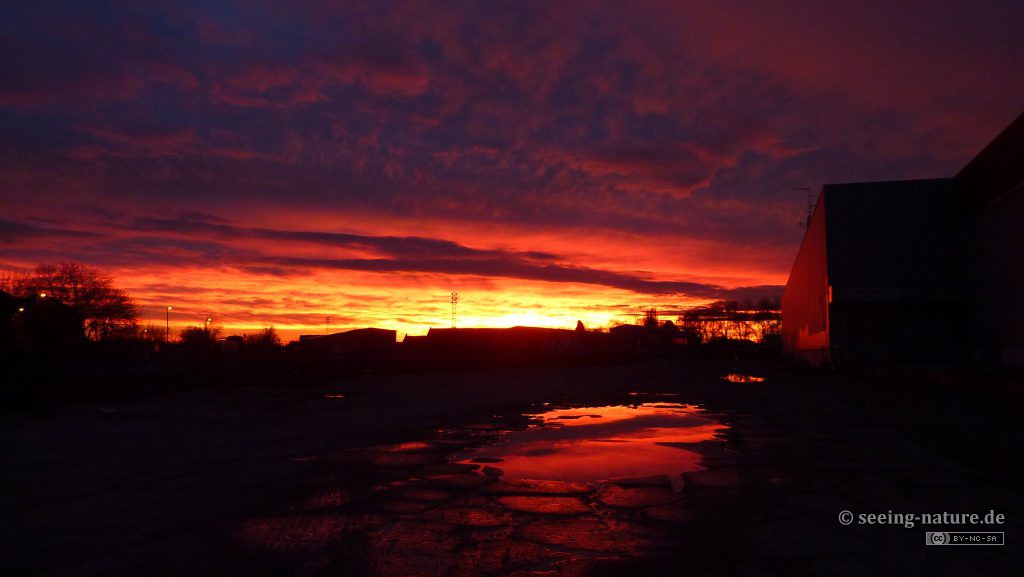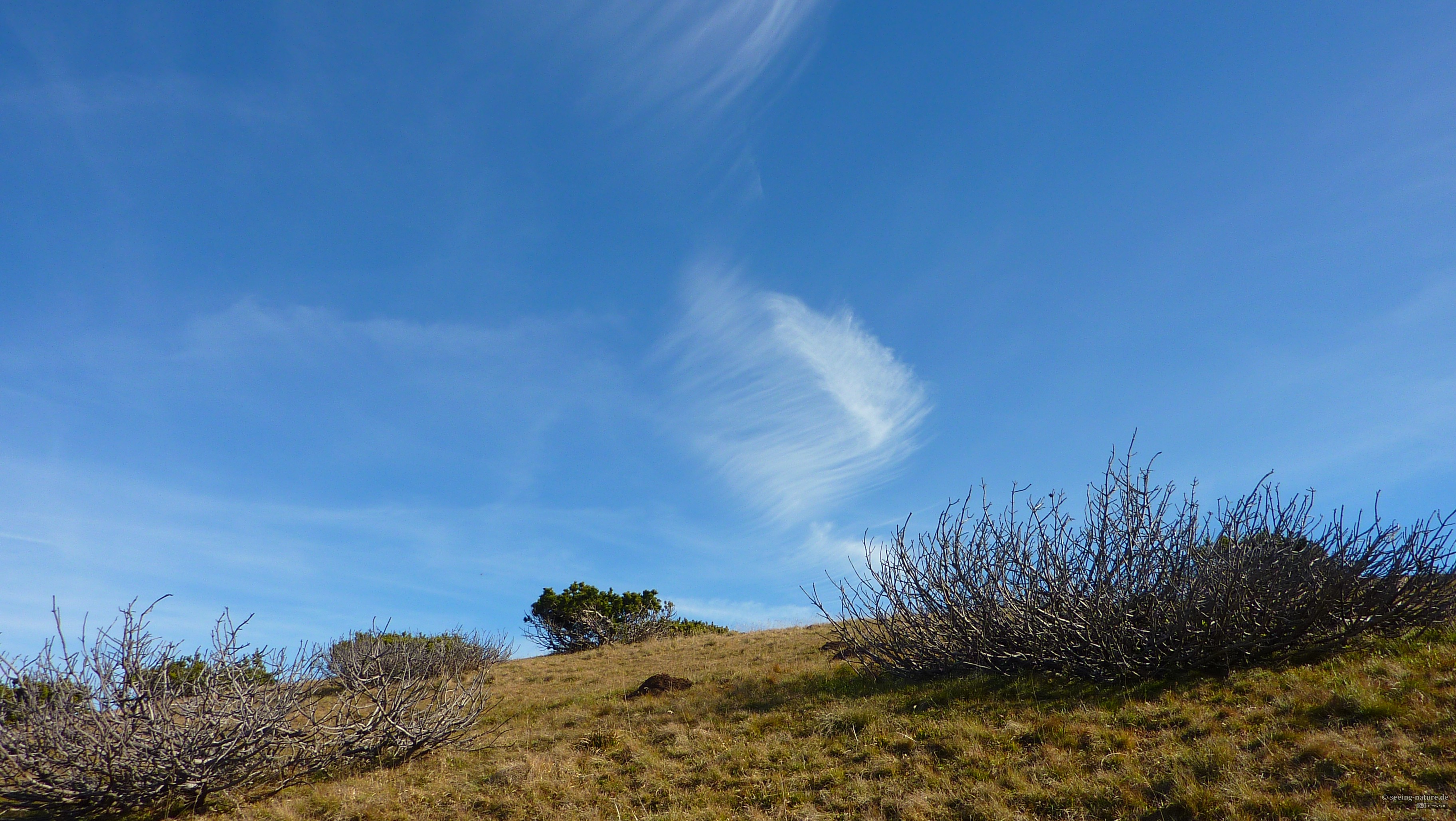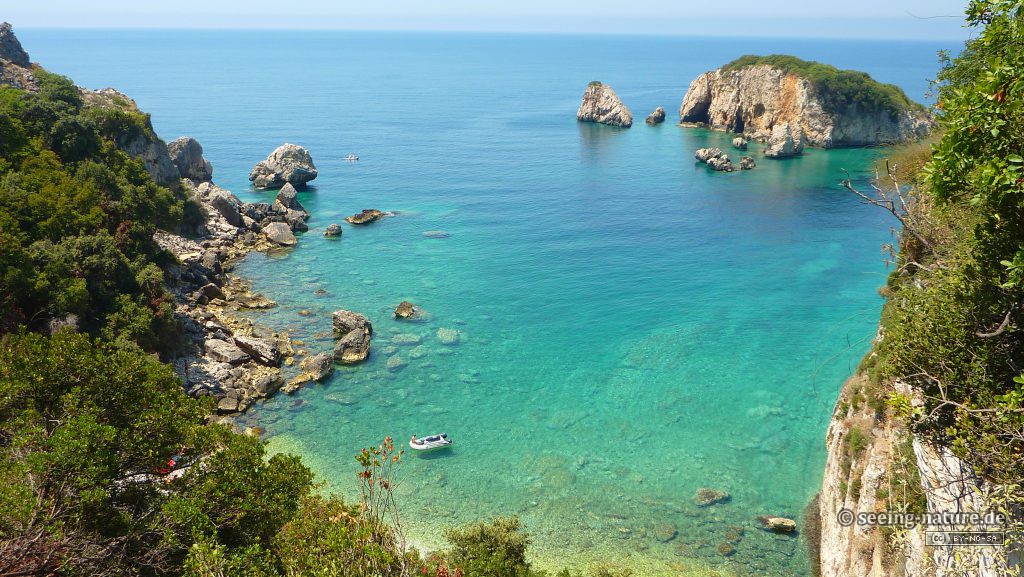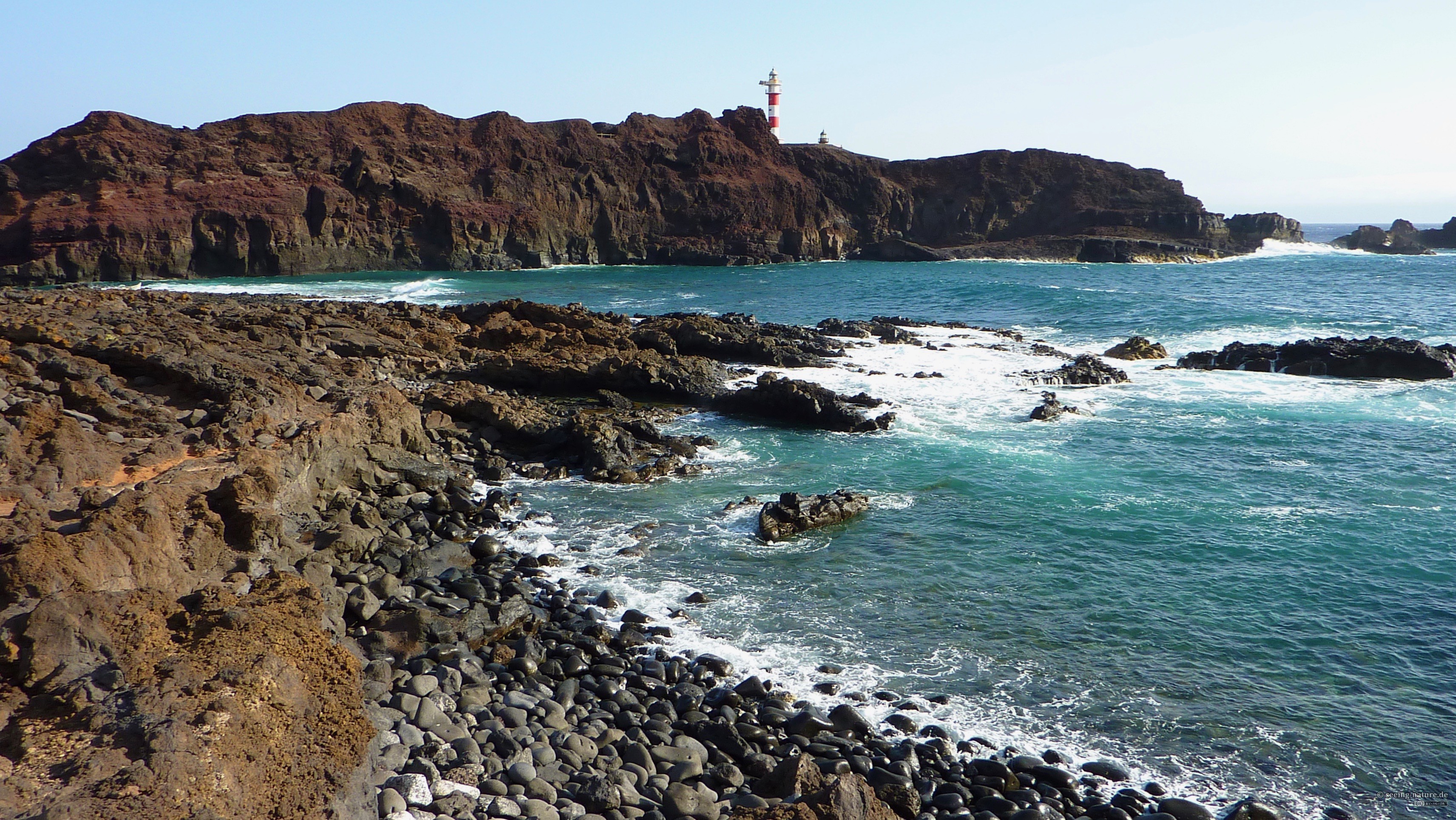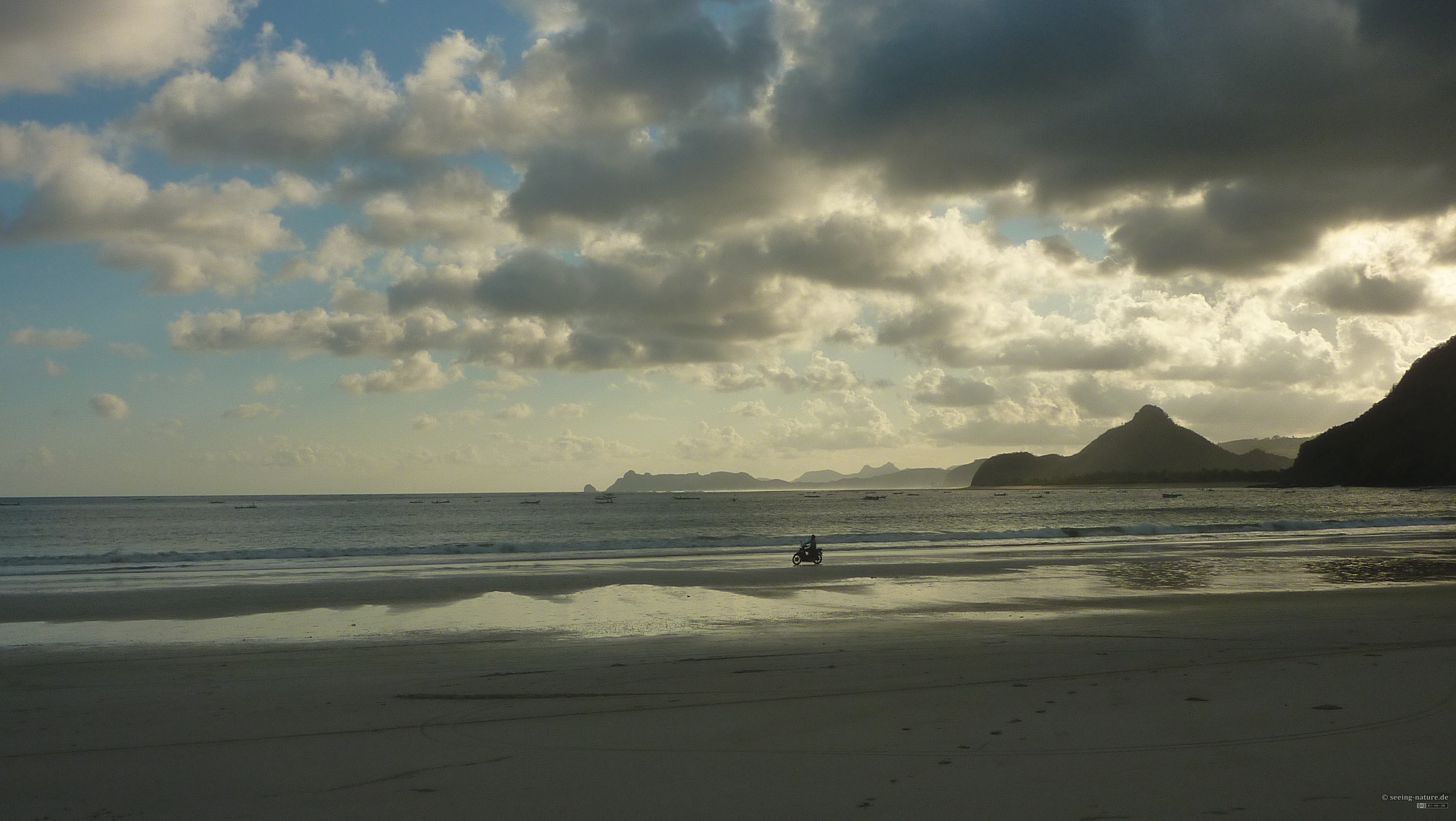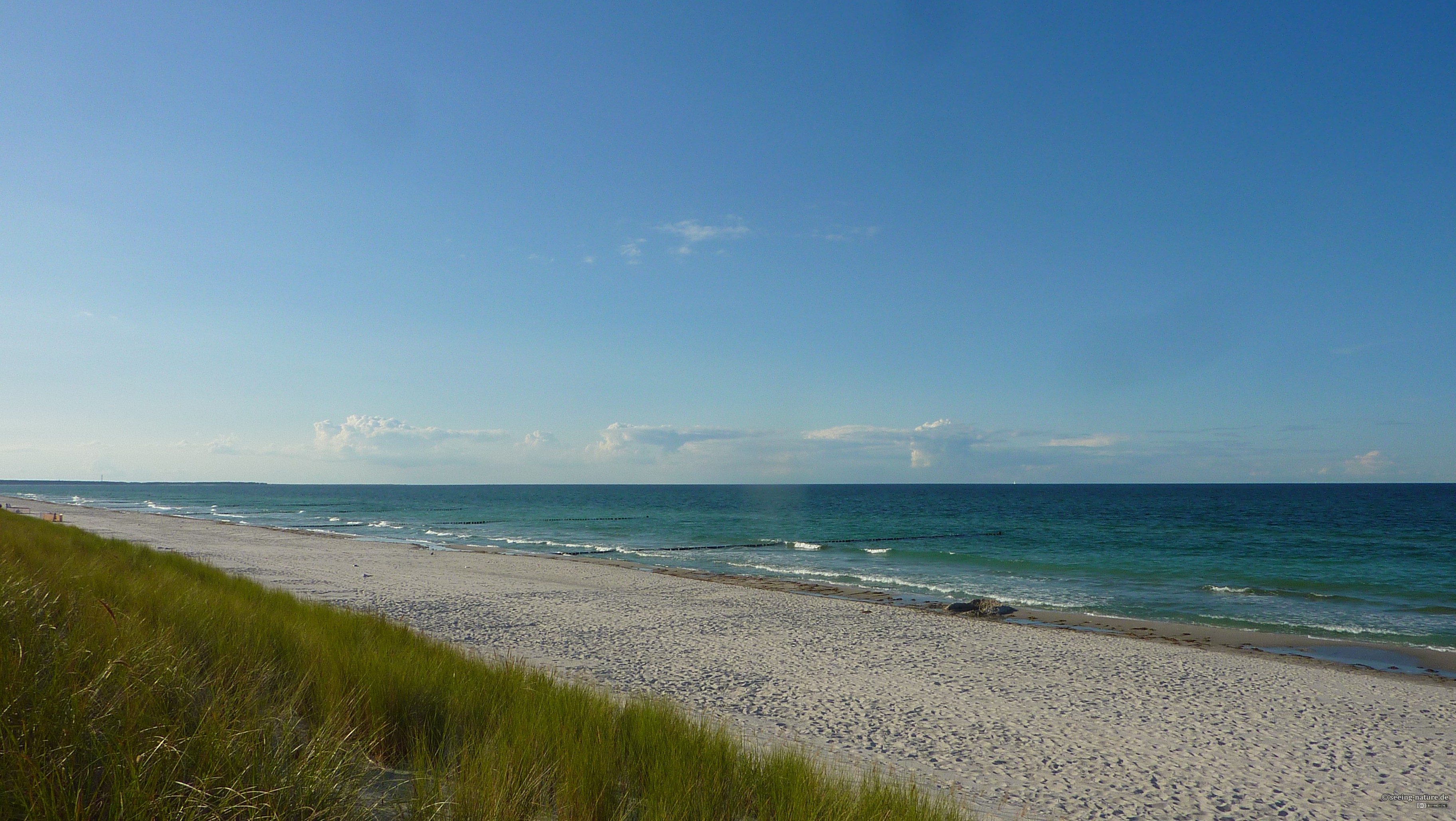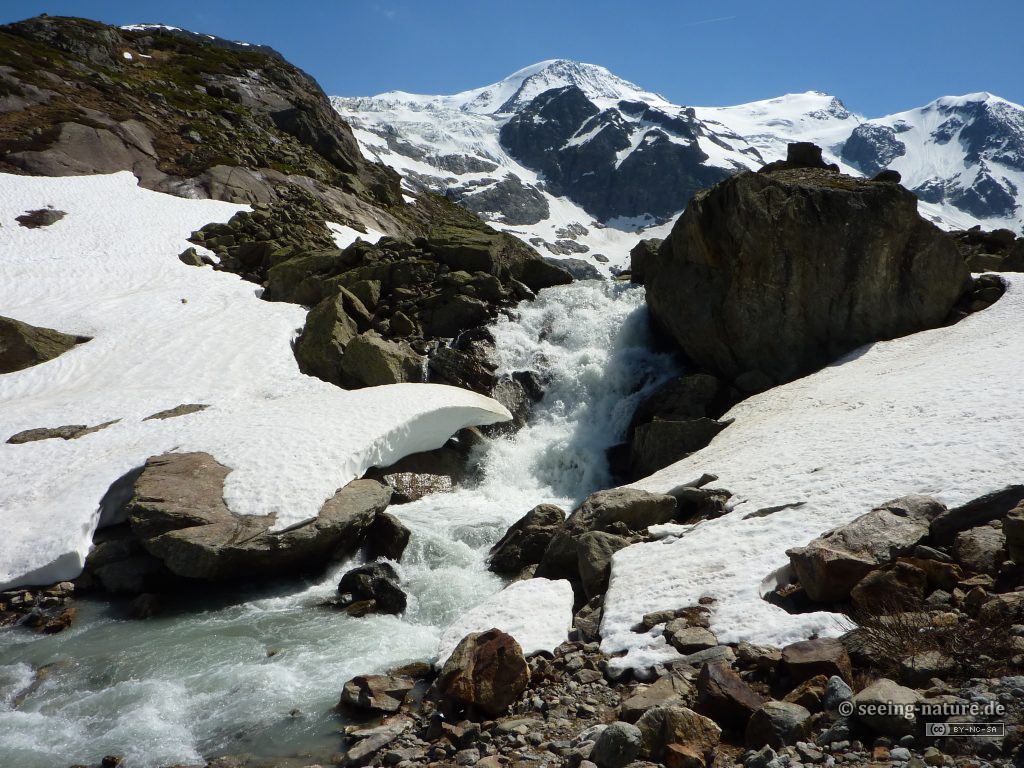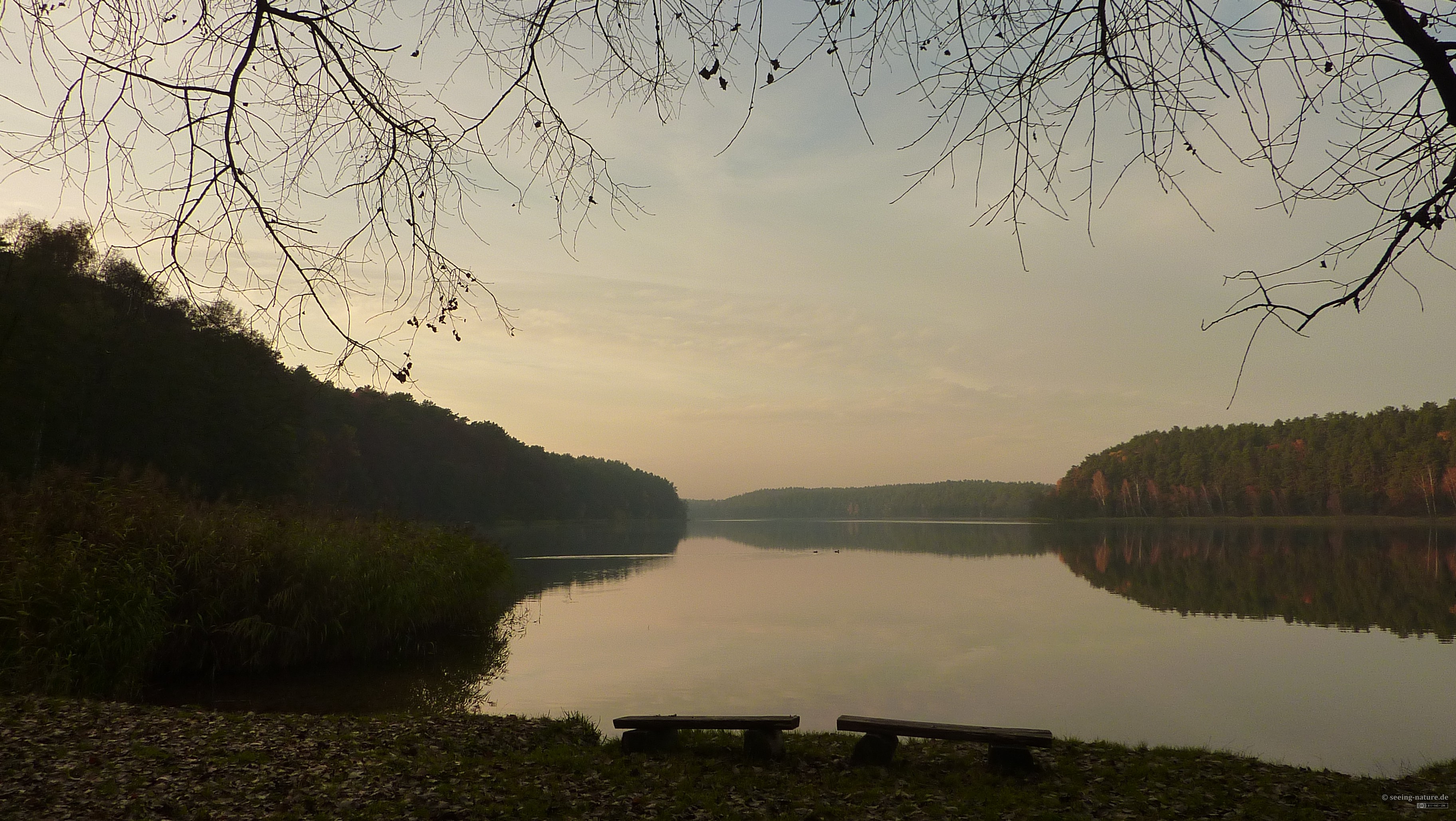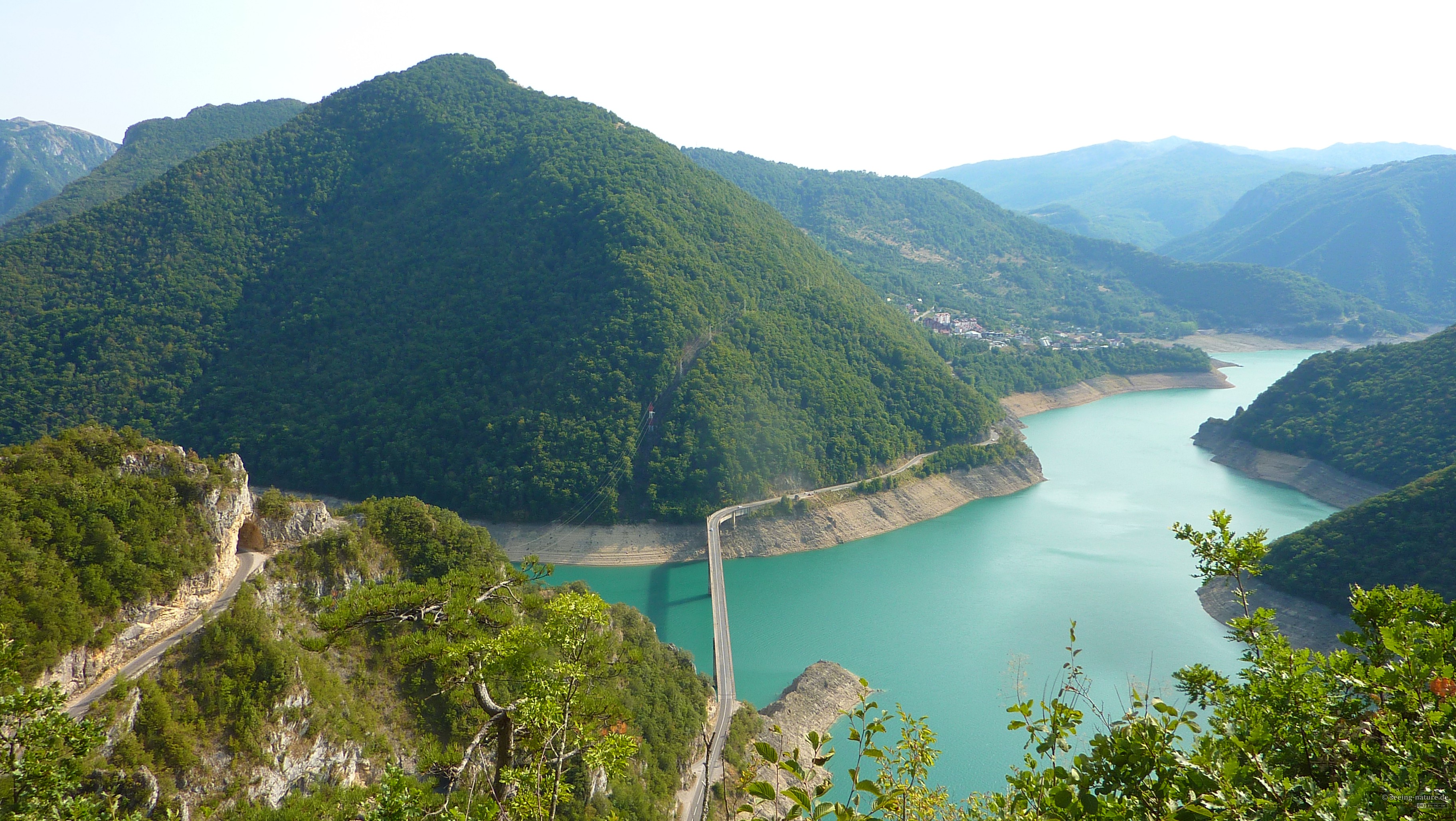Nature is not always within the reach for people who live in the cities, but it is often just a short walk away.
Many species find remarkable ways of adapting and flourishing in urban settings. New research suggests that cities drive the evolution of species that live within them and may even spawn new ones.

Quiet Sorrow

Summer Glow

Welcome In

Coming Up

Rays of Spring

Prisoners

Walk to Work

Silent Intelligence

Rainbow Windows

Rock N' Knock

Web Tunnel
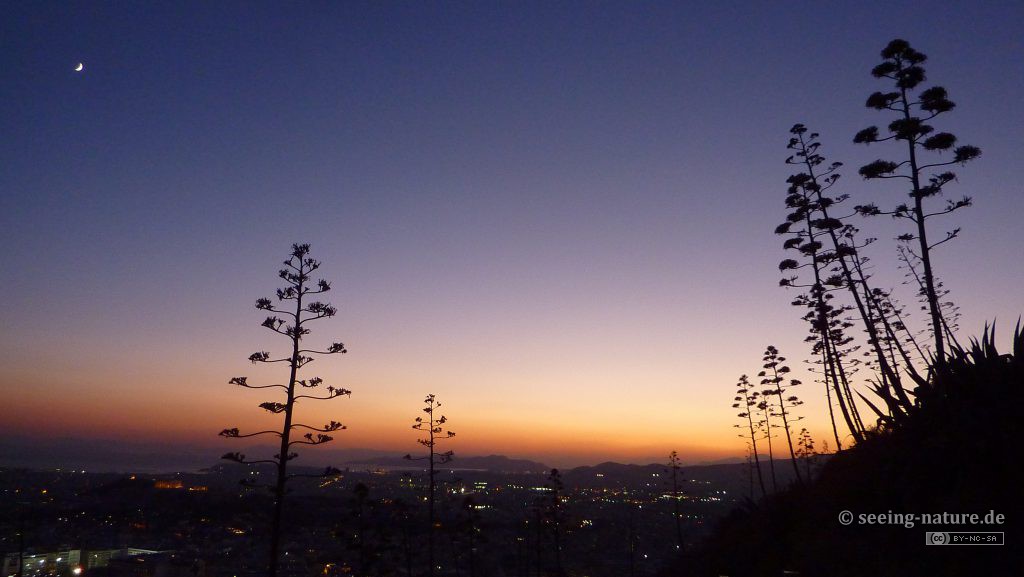
On Guard

Proud Power

Stone Old

Straight Ahead

Lovely World Outside

Green Towers

Come Out, Princess

Stormy Gold

Take Off

Slippery Steps
-

Quiet Sorrow
Cemetery at Südstern. Berlin, Germany
Common ivy (Hedera helix), dark green in this picture, and Boston ivy (Parthenocissus tricuspidata), red in this picture, are both common in cities where they climb on trees, houses and other structures up to 30m high. -

Summer Glow
Komiža. Vis Island, Croatia -

Welcome In
Frauenalb. Baden-Würtemberg, Germany -

Coming Up
Boston ivy (Parthenocissus tricuspidata) in Rovereto, Italy
Climbing plants, commonly called vines, have developed several strategies to climb vertical structures. Some grow clinging roots or adhesive pads to firmly attach to the support (as it is the case here), while others twig their stems or develop branched thorns and hooks. -

Rays of Spring
Toulouse, France -

Prisoners
Lucca, Italy -

Walk to Work
Friedrichshagen. Berlin, Germany -

Silent Intelligence
Nikola Tesla Monument in front of several Technical Faculties of the University of Belgrade. Belgrade, Serbia
Nikola Tesla was a famous inventor ahead of his time. It is less known that he advocated for renewable energy. He recognized that fossil fuels were not sustainable, and in 1900 he wrote about harnessing energy from natural sources (e.g. sun, wind, water and terrestrial heat), which he saw as a clear direction for future material development.
Just around the corner, you can visit the Nikola Tesla Museum and experience some of his most important inventions first-hand. This is where many of his personal belongings and the urn with his remains are displayed. -

Rainbow Windows
Bergmannstraße. Berlin, Germany
Boston Ivy or Japanese Ivy (Parthenocissus tricuspidata) is a common ornamental plant in Europe, that originates from eastern Asia. In autumn, its leaves spectacularly change colors as green pigments (chlorophylls) in them degrade, and yellow-red ones (carotenoids) become visible.
Scientific species names are usually derived from Latin or Greek and often have descriptive purpose. In this case "tri-cuspidata" refers to the three-pointed leaves. -

Rock N' Knock
Trentino Province, Italy -

Web Tunnel
Schwetzingen Schloßpark. Baden-Würtemberg, Germany -

On Guard
Mount Lycabettus. Athens, Greece
Artificial illumination allows us to extend our activities into the night, and provides undoubted benefits to people. However, recent research shows that artificial lights at night disturbs sleep, possibly also our health, and have numerous effects on plants and animals in our surrounding. -

Proud Power
-

Stone Old
Lastovo Island, Croatia -

Straight Ahead
Schwetzingen Schloßpark. Baden-Würtemberg, Germany -

Lovely World Outside
Istra, Croatia. -

Green Towers
Nikoleiviertel. Berlin, Germany -

Come Out, Princess
Cambridge, United Kingdom. -

Stormy Gold
Friedrichshagen. Berlin, Germany
This photo was taken with Samsung Galaxy S3 phone camera. -

Take Off
Trento, Italy -

Slippery Steps
Istra, Croatia.


